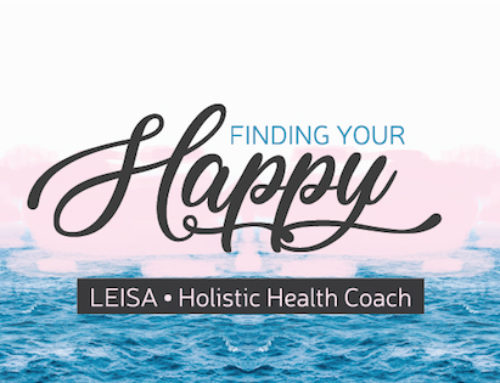Yoga – It Doesn’t Have To Be Painful!
by Nicole Shields
How many of us subscribe to the philosophy of ‘no pain – no gain’ and apply it to various aspects of our lives?
Yet when we truly practice yoga, we learn to develop a relationship with our body, where we listen to what it is telling us and respond and move in a way that is deeply honouring.
After all, yoga means ‘union’ and how can we be in union if there is not a true respect for the body. To me this means no pushing, no hardness, no pain. With this, there is much to actually gain.
When used as a tool for self-transformation & awakening to clearer awareness, yoga starts the moment you first pay attention to what you are doing in the practice. If you are unsteady, falling, in pain or distracted by discomfort, the tendency will be to go back into your analytical or agitated mind.
The golden rule of ‘Sthira & Sukham’ – steadiness & ease – give the poses their transformative potential. Being steady does not mean being perfectly still in a pose. Asanas (poses) by contrast, are alive, in each moment – a unique expression of the human being doing them!
Pain is the body’s feedback mechanism to say stop what you are doing. Our mind can often override this signal, but at what cost to the body?
When pain is felt, the body responds by causing the muscles to harden up around the injured site for protection to avoid further injury.
So what happens when we actively go into a movement that stretches the body to an extent where there is pain? The connective tissue (or commonly known as fascia) also hardens up in order to protect the body.
This fascia is a system of tissues that runs throughout all the muscles, tendons, ligaments, bones, nerves, blood vessels and organs, overlapping and enveloping these soft tissue structures like cling film. The purpose of this system is to protect these important parts of our bodies.
So if one of our aims in practising the physical postures of yoga is to loosen and open the body, to have more fluidity, then why would we induce pain and cause more tension? It just doesn’t make sense.
We can apply our understanding of this principle in our practice of yoga.
By listening to the body and treating it with absolute care and gentleness it leads the body toward its own natural state of healing with no pain inflicted.
As a yoga teacher, I have come to understand that the best way of releasing tension in the body is through the quality of connection – not force. A stronger stretch in yoga does not solve the underlying problem in the long term.
For long term healing, the approach that I take as a Yoga teacher is to respect and respond to the connective tissue by working with the body in a connected and gentle way.
By listening to the body and treating it with absolute care and gentleness it leads the body towards its own natural state of healing with no pain inflicted.
Opening one’s self to a feeling of inner peace amidst your yoga practice – being calm & soft while strong & stable – takes the practice to a deeper level. The breath itself becomes a mantra in the movement meditation that is yoga.
Book Now for Yoga & Relaxation
We are offering a FREE Class Pass to new students!



